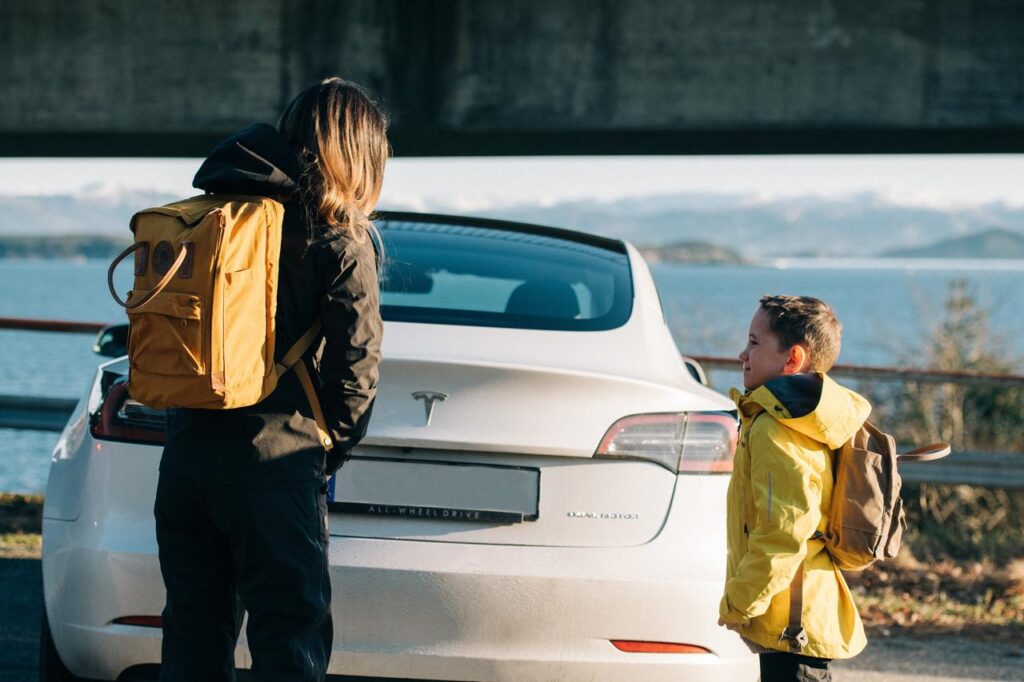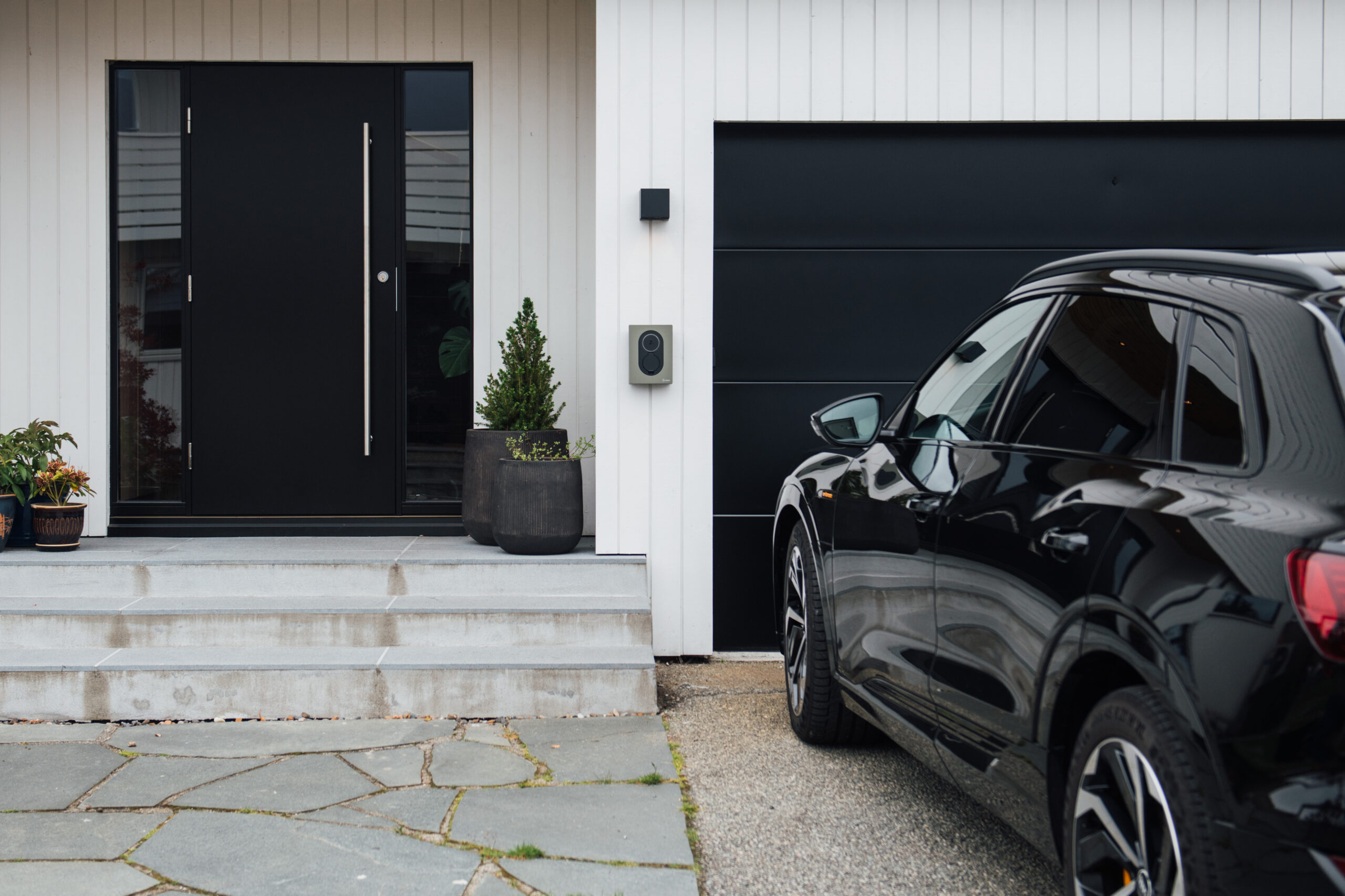Europe is revving up its green ambitions as battery-electric vehicles surpass 20% market share, overtaking diesel, with notable gains in key markets like Germany and France.
By Fredrik Hegland – Corporate Development Manager
Germany: The technological juggernaut
Technology drives EV adoption in the continent’s largest market.
United Kingdom: Can London bridge the gap?
Some challenges despite high growth in one of Europe’s most populated cities.
France: Allez les Bleus!
Almost 50% growth driven by local car makers.
The Netherlands: Orange goes green
Can the Dutch come close to Norway with similar incentives?
Norway: Frunk and center
Top five in both market share and volume.
Conclusion: The racing line for the rest of Europe
Breaking affordability and infrastructure barriers are key for Europe to meet its climate goals.

Europe is under the hood, fine-tuning its green ambitions. According to ACEA (The European Automobile Manufacturers’ Association), the market share for BEVs (battery-electric vehicles) exceeded 20% for the first time in August, overtaking diesel for the second time this year.
The market is finally gaining momentum after vehicle component shortages due to the pandemic, with double-digit percentage gains in most markets, including the three largest: Germany, France and Italy.
Looking at BEVs only, the countries with the highest number of new passenger car registrations YTD (year-to-date) by volume are Germany, United Kingdom, France, The Netherlands and Norway. In terms of market share, the figures are somewhat different, with Norway taking the lead in front of its Nordic neighbours Iceland, Sweden, Finland and Denmark. In addition, Switzerland deserves an honourable mention, being the only country – apart from the aforementioned – to rank in top 10 for both volume and market share.
Germany: The technological juggernaut
In 2022, Germany saw more than one million fully electric cars hit the road. The country has seen a YTD growth of 55.9% in new EV sales compared to 2022. The significant growth in EV sales, is partly due to government purchase incentives (including subsidies on net list price and exemption on motor vehicle tax for BEVs), expanding charging networks and the country’s strong automotive industry.
With its manufacturing prowess and technological might – the country is home to carmakers like Volkswagen and BMW – Germany aims to have 15 million electric cars on the road by 2030.
The VDA (The German Association of the Automotive Industry) reports that the German car industry will invest more than €250 billions in R&D to help reach this goal and further drive e-mobility offering a wider range of options to consumers.
United Kingdom: Can London bridge the gap?
Although the UK, along with many other European nations, has been preparing the shift to zero-emission vehicles, a recent u-turn was made by the UK Prime Minister Mr Rishi Sunak to push back the ban on new petrol and diesel cars from 2030 to 2035. Nonetheless, the capital city of London – where EV uptake is higher than any other region or country in Europe, except for Norway – is continuing its pace towards a less polluted future with The Mayor of London Mr Sadiq Khan extending the Ultra Low Emission Zone (ULEZ) to encompass all London boroughs.
According to the rEV index (produced by British newspaper The Economist), for the rest of the country to follow suit the UK needs a better charging eco-system with access to ultrafast chargers and destination chargers as not all people have off-street parking. The country must also address the fact that it has one of the largest cost differentials between EVs and conventional ICE vehicles. With the recent political turnaround, it will be interesting to see what the future holds for the UK market.
France: Allez les Bleus!
With the Peugeot e-208 and Dacia Spring (owned by Renault) being the best-selling EVs in France in 2022, it is evident the French prefer to buy French cars. The technological advancements of these manufacturers, combined with their ability to match buyer needs with small, zippy cars at a reasonable price, have contributed to the acceleration of EV adoption in France. Add to this government incentives, and you have the main reasons why France has grown 47.4% YTD compared to 2022.
The Netherlands: Orange goes green
With its high population density and shorter commutes combined with a culture known for its environmentally friendly focus, the Netherlands has seen an impressive growth to its EV fleet. The country’s purchase incentives for EVs are on many levels comparable to Norway’s, and include subsidies, reduced registration tax and reduced motor vehicle tax, in addition to tax incentives for zero-emission company cars.
Norway: Frunk and center
Although Norway does not have the highest volume of EVs in Europe, the country is in pole position when it comes to market share, with an impressive 8 out of 10 new cars being electric.
To drive EV adoption, the Norwegian government has used a “carrot and stick”-approach providing consumers with purchase incentives, tax exemptions, reduced rates on toll roads and ferries, access to priority bus lanes and free parking, while at the same time setting a cap on emissions. This has made EVs in Norway not only an eco-friendly choice but also a financially sensible one where the total cost of owning an EV over its lifetime is cheaper than that of ICE (internal combustion engine) vehicles. Add to that a heavy investment in charging infrastructure – Norway has the most public fast-chargers per capita in the world! – and grants provided for apartment buildings and housing associations to install home chargers, and you have an efficient roadmap to success.
So, what is the racing line for the rest of Europe to follow?
With the European Green Deal and EUs aim to be climate-neutral by 2050, speeding up the switch to electric cars is imperative. How can governments and nations make sure that we reach the goal of emission-free new cars by 2035?
There is still a lack of initiatives at both EU and national levels to accelerate EV market uptake. Affordability remains a key barrier for most European consumers when it comes to making the switch to electric. And although the EU boasts half a million public recharging points, there is still a need for fast-chargers along highways to combat range anxiety, and destination chargers for locations and establishments like cinemas, restaurants, hotels, theme-parks, supermarkets, car parks and offices to match the growing number of EVs.
Governments need to provide incentives that make owning an EV the economically sound option, while at the same time support the expansion of charging infrastructure both on a public and domestic level. Paired with new and innovative technology, electric vehicles in Europe will be all set to create a lot of buzz.
Sources:
1. Acea Auto – PC registration
3. OFV
4. WRI
5. Euro News
8. Alternative Fuels Observatory
9. VDA
10. Acea Auto – PRPC
11. Economist Impact
12. Statista
13. Acea Auto – PRPC
14. Economist Impact
16. Acea Auto
17. Alternative Fuels Observatory
18. BBC
19. BBC
20. BBC
21. BBC
22. TFL


